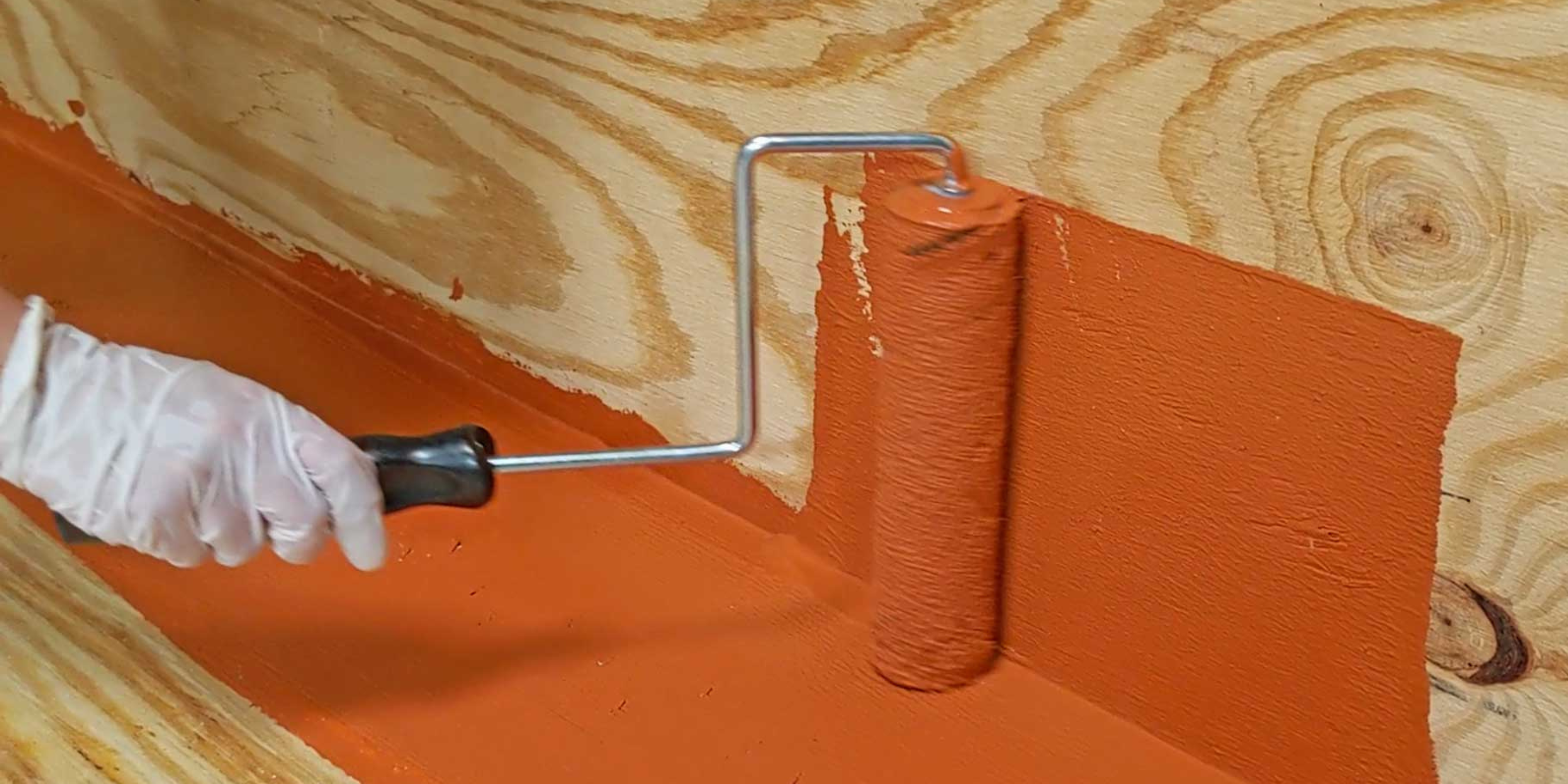In the realm of construction and building maintenance, effective waterproofing is crucial for protecting structures against water damage. Among the various methods available, liquid waterproofing has gained significant popularity due to its numerous advantages over traditional approaches. In this blog post, we'll delve into the key benefits of liquid waterproofing and why it stands out as a preferred choice in today's construction industry.
Quick and Easy Application
One of the standout features of liquid waterproofing is its ease of application. In particular, SEMCO Works Liquid Membrane is installed in just one day.
Unlike traditional methods that often involve cumbersome installation processes and multiple layers of materials, liquid waterproofing can be applied smoothly and efficiently with minimal effort. This simplicity not only reduces labor costs but also accelerates project timelines, making it an attractive option for both new constructions and renovation projects.
The SEMCO Works Liquid Membrane can be applied using a spray, roller, or brush in just two or three coats — depending on the surface requirements. This versatility in application methods allows home owners and contractors to achieve consistent coverage over a variety of substrates, including roofs, balconies, terraces, and even intricate details like joints and protrusions.
Versatility Across Surfaces
Another compelling advantage of liquid waterproofing is its versatility across different surfaces. Whether it's concrete, metal, wood, or even existing membranes, liquid waterproofing systems can adhere effectively and form a seamless protective barrier. This adaptability makes liquid waterproofing suitable for a wide range of applications, from residential roofs to commercial buildings, and from industrial facilities to infrastructure projects.
Moreover, liquid waterproofing can conform to irregular shapes and contours without compromising its effectiveness. This ability to mould around complex architectural features, such as pipes, vents, and skylights, ensures comprehensive water protection across the entire building envelope.
Long-Lasting Durability
Durability is paramount in waterproofing systems, and liquid waterproofing excels in this regard. Once applied, liquid membranes cure to form a resilient, fully adhered layer that is resistant to cracking, peeling, and UV degradation. This robust barrier provides reliable protection against water ingress, moisture penetration, and subsequent damage to building materials and interiors.
Furthermore, liquid waterproofing systems often come with extended warranties, reflecting manufacturers' confidence in their product's performance and longevity. By choosing a durable liquid waterproofing solution, property owners can mitigate the risks of costly repairs and maintenance associated with water-related issues over the lifespan of the structure.
Crack Bridging & Anti-Fracture Protection
Liquid waterproofing systems also offer significant crack-bridging benefits, which are crucial for maintaining the integrity of structures exposed to dynamic movements or substrate settling. Unlike rigid waterproofing materials that may crack or break under stress, liquid membranes have the ability to stretch and flex, spanning over small cracks and gaps that may develop over time.
Thanks to years of development by US engineers, SEMCO Works Liquid Membrane has up to 1300% elongation before break, while other liquid membrane products typically only have 800%.
This elasticity allows liquid waterproofing to effectively bridge and seal minor substrate movements, ensuring continuous protection against water ingress and moisture damage. By accommodating structural movements without compromising their performance, liquid waterproofing systems enhance the durability and longevity of buildings, making them a reliable choice for diverse construction and renovation projects.
In conclusion, liquid waterproofing offers substantial advantages over traditional waterproofing methods, making it a preferred choice for modern construction projects. Its ease of application, versatility across diverse surfaces, and long-lasting durability provide significant benefits to contractors, architects, and property owners alike. By opting for liquid waterproofing systems, stakeholders can enhance building resilience, reduce maintenance costs, and ensure prolonged structural integrity against the challenges of moisture and water infiltration.
Whether you're planning a new construction or upgrading an existing building, considering liquid waterproofing as part of your waterproofing strategy can lead to enhanced performance and peace of mind for years to come. Embrace the efficiency and effectiveness of liquid waterproofing to safeguard your investment and maintain the quality and value of your built environment.

